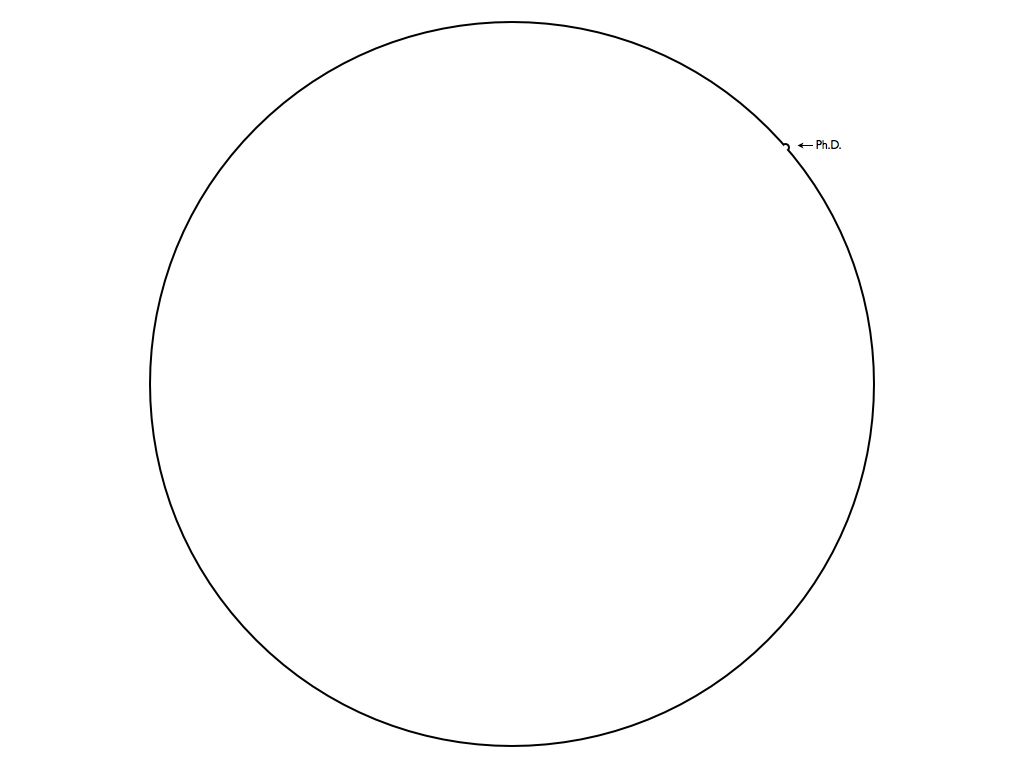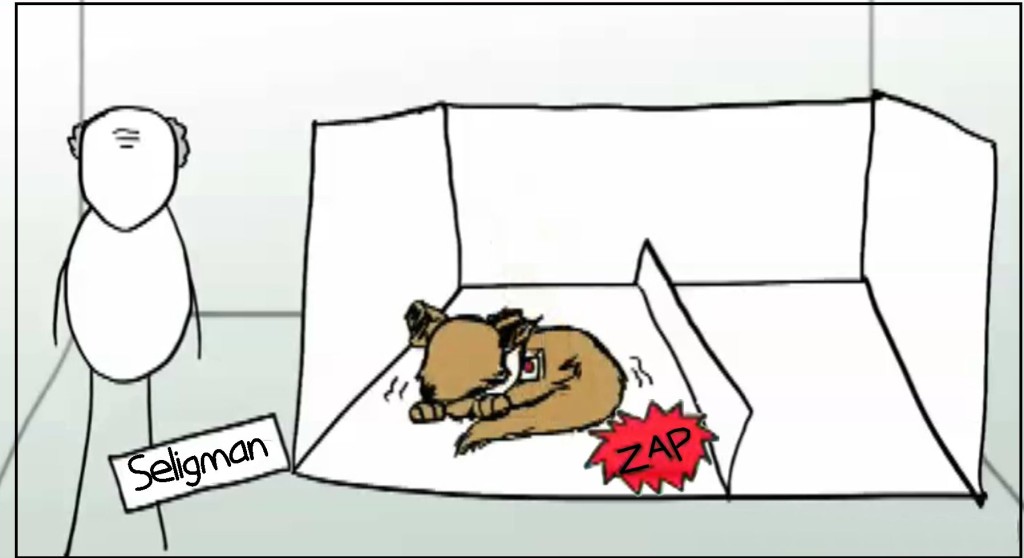Come on, Spring. This'll be an AB and a "bonus" post. YOU GET THE BONUS FIRST AREN'T YOU SO LUCKY.
So I guess as a kind of "upd8", I'm starting over. Again.
3rd time's the charm.
More and more, I'm seeing how hard it can be to not be discouraged when doing postgrad education. It feels like there's always too much to do, and even when you do your best, it feels a little impossible to do it all. It's been nearly 2 full semesters now and I still don't feel settled in or adjusted. There's also been a lot of failure, from the 'I failed to read the schedule and what we had a reflection due right now??' to the 'this is the second time I've tried to pick a thesis topic and 6 months later it is burning and so am I'.

It reminds me of when my Mom used to tell me why she never wanted to be a research chemist. She'd say it was so unforgiving- for your whole career, all you do is go in and every day do experiments that fail. You set them up and do equations for weeks, and then run the trial, and the trial fails. All you can do is hope that the next time, it doesn't, but you never really know. All you can do is your best. I guess the MA so far kind of feels like that- you do your best and you get good grades, but in the end, it all feels a lot like failure. Failure to transfer that sensory overload into long term memory storage, failure to connect what you're learning with exactly where you want to be, etc.
Things are starting to feel simultaneously overwhelming and without much purpose, which is a bad combo for me, since it shoots my motivation right in the foot. I'm like the learned helplessness dog in the cardboard electric shock box- I just lay down and nap because I'm too tired to focus, and because hey, whatever's coming is inevitable right?
Ah well. Nothing to do but keep working.
Gilbert, D. (2014, February 14). Why Japanese Web Design Is So... Different - Design Made in Japan. Retrieved April 19, 2015.
This article's a shorty, but a good-y. It has a lot of issues in it that point me in some good investigative directions for future research. One of the things it pointed out that I didn't know going in was that Japan had a large smart (flip) phone culture going on before the US did, and the cramped, overcrowded pages of popular sites like Rakuten were actually designed that way on purpose. Small text meant that the maximum amount of content was packed onto that tiny mobile screen as soon as the page loaded. Maximum advertising quick is definitely a business strength.
It also confirms what a lot of Japanese culture pieces say- that Japan's red tape fetish knows no bounds. Once there is a set method for doing things, be it how a lolita is supposed to dress, how a salaryman is supposed to conduct himself, or how you design a website, no one really cares to deviate from that standard. Of course there are always exceptions, but whatever the "norm" is, that's what folks like to stick to, even if a better way comes along.
Additionally, this piece demystified a trend I had noticed visually, but couldn't put my finger on- a heavy graphics presence. This article points out that character languages like Japanese and Chinese that have thousands of characters must have each character designed individually in any new font creation. This is expensive and time consuming, so there aren't as many choices out there to make text stand apart. Additionally, bold and italics are uncommon in Japanese, so making text stand out with an image is much easier than differentiating with format in English.
Inspecting the elements turns up some pretty neat info, too. I never thought about it, but HTML source code was invented in English, meaning that to program using it, you have to know programming language (which is doubly non-native for any non-native English speaker!) The code I can get to on the wildly popular Rakuten.co.jp (this Japan's Amazon) is mostly in English, with the exception of a few lines with short bits of Japanese like "<!-- /おすすめ特集 -->" which after a quick run through on Jisho, I /think/ means recommendation report. No idea how it fits in, but it's definitely something I never considered before! I couldn't imagine having to learn Japanese coding language if I wanted to put up a website, so I think such a thing is probably a pretty difficult barrier and definitely affects how effective some designers can be.






